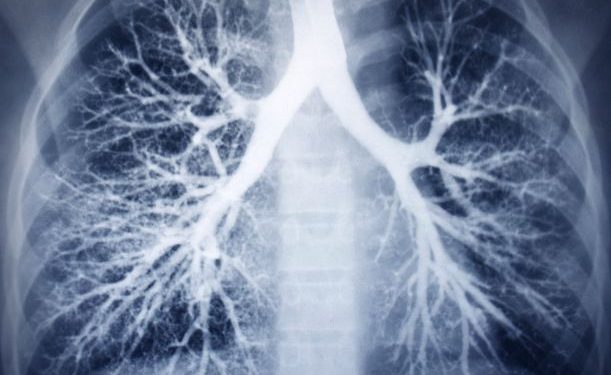Lung – congenital defects symptoms vary depending on the condition and what parts of the lung and airways are not developing normally. Sometimes, they are mild and don’t cause any problems or other symptoms at all; in other cases, they can be serious and life-threatening.
Some congenital lung conditions are more common than others. They are usually diagnosed before birth and monitored by a team of specialists in surgery, obstetrics, maternal-fetal health and neonatology.
They may be treated before birth or after birth with thoracoscopy (keyhole surgery), which is a safe and relatively painless procedure that removes the affected portion of the lung to prevent complications later in life. The remainder of the lung continues to grow and develop as normal.
The most common congenital lung abnormality is CPAM (congenital pulmonary airway malformation). It affects 1 in every 4,000 babies born each year and involves cystic lung lesions or masses that form on one of the lungs. These noncancerous masses are most common in the right lung, but can occur anywhere on the lungs.
Other congenital lung conditions include bronchial atresia, congenital lobar emphysema, and pulmonary sequestration. These conditions can be very serious, but they are also rare.
Bronchial atresia: This is a blockage of one or more of the main bronchi, which are airways that branch off the trachea and bring air into the lungs. It can happen any where along the bronchi, but it affects your baby’s breathing more often in the right or left main bronchi and less frequently in the smaller distal bronchi.

It can cause fluid to accumulate in the lung and can lead to pneumonia. It can also lead to other respiratory infections and even heart disease or heart failure.
Congenital lobar emphysema: This is a very severe congenital lung defect, which can cause your baby to have breathing problems and heart trouble. It can be severe and may be bilateral, which means it occurs in both lungs at once.
Pulmonary sequestration: This is a solid mass of lung tissue that doesn’t connect to any of the lungs’ airways or blood supply. It can be found in the chest or stomach. It is very rare and does not have any known cause.
Other types of congenital lung defects are more difficult to diagnose. They may “look” like other diseases or have similar symptoms, so they require specialized tests to confirm a diagnosis. The UNC Children’s rare and genetic lung disease team is a leading expert in these types of disorders and can help you get the correct diagnosis as quickly as possible.
They are very important to diagnose as early as possible so that the best treatments can be prescribed to improve your child’s quality of life. They can be diagnosed and treated in the hospital or at home, depending on your child’s needs.
The UNC Children’s Rare and Genetic Lung Disease Program is the only one of its kind in North Carolina, focusing on the treatment of patients with complex and rare lung diseases. The team offers a full range of care from consultation, to testing, to treatment, to long-term follow-up.









